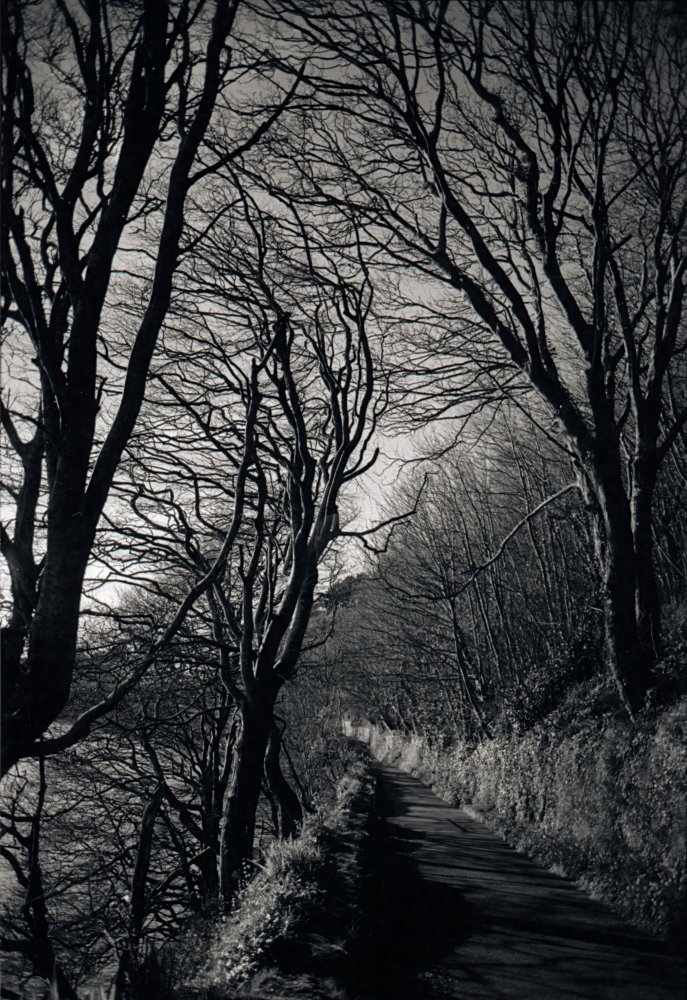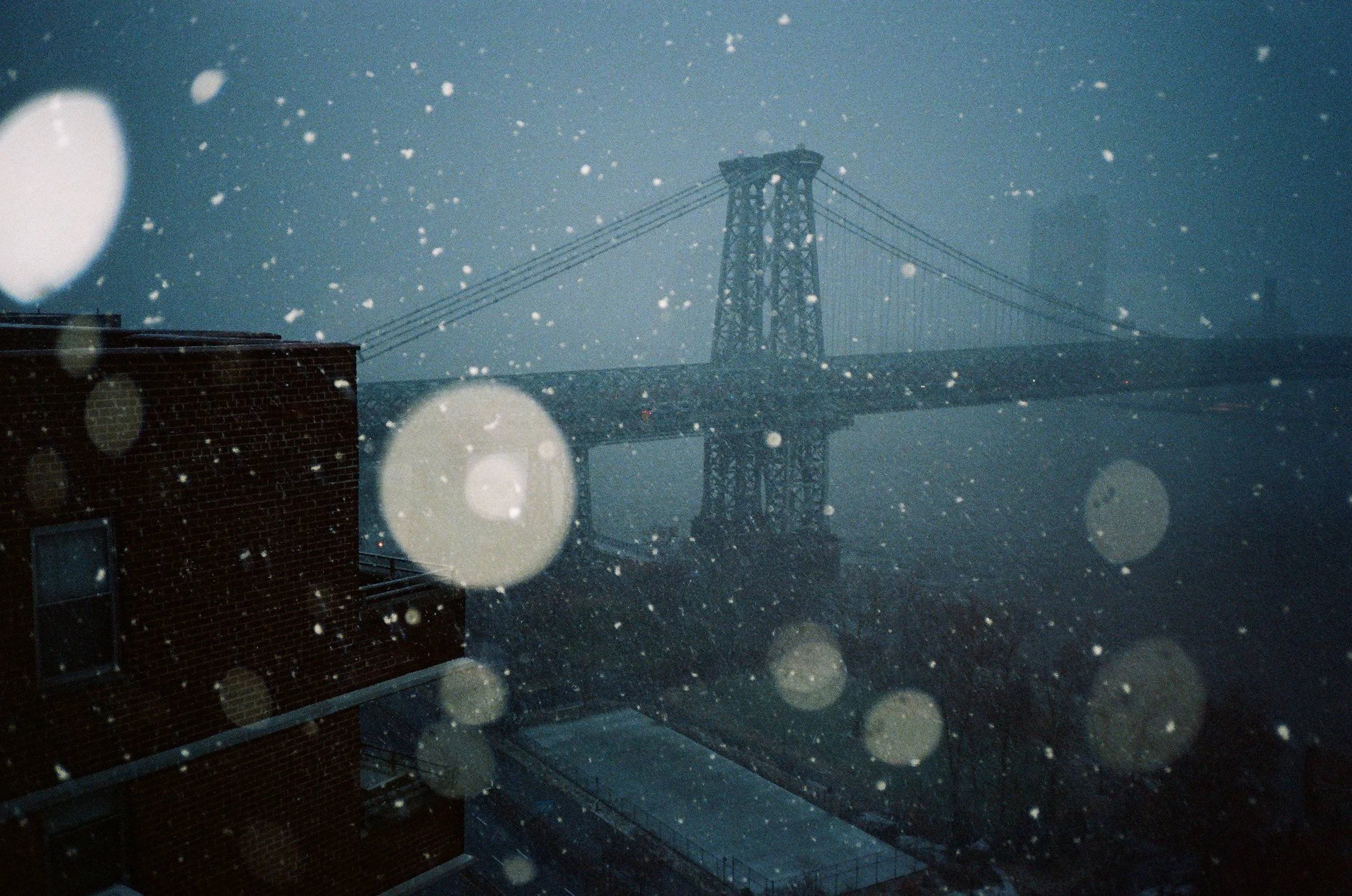6 Best Film Stocks to Shoot During the Winter
Winter photography is not just about capturing snow washed landscapes; it's also about choosing the right film stock that can handle the unique lighting and temperature conditions. Shooting film during the winter can be a challenge and but with the right film and equipment it shouldn’t stop you from shooting and dropping off at your favorite NYC film lab. Here are six lesser-known film stocks that stand out in winter settings, along with tips for shooting in the cold:
1. Cinestill 800T
Type: Color Negative FIlm
ISO: 800
Grain: Moderate
Unique Feature: Tungsten-balanced for low light
Winter Advantage: Ideal for capturing the blue tones of winter evenings and artificial lighting in night scenes. Its high ISO is great for low-light conditions. This film can really aestheticize your shots and make winter nights feel ethereal.
Cold Shooting Tip: Keep your batteries warm by storing them close to your body when not shooting, as cold can drain them quickly. Pick up an extra set of batteries at an NYC film lab to have on hand in case this happens.
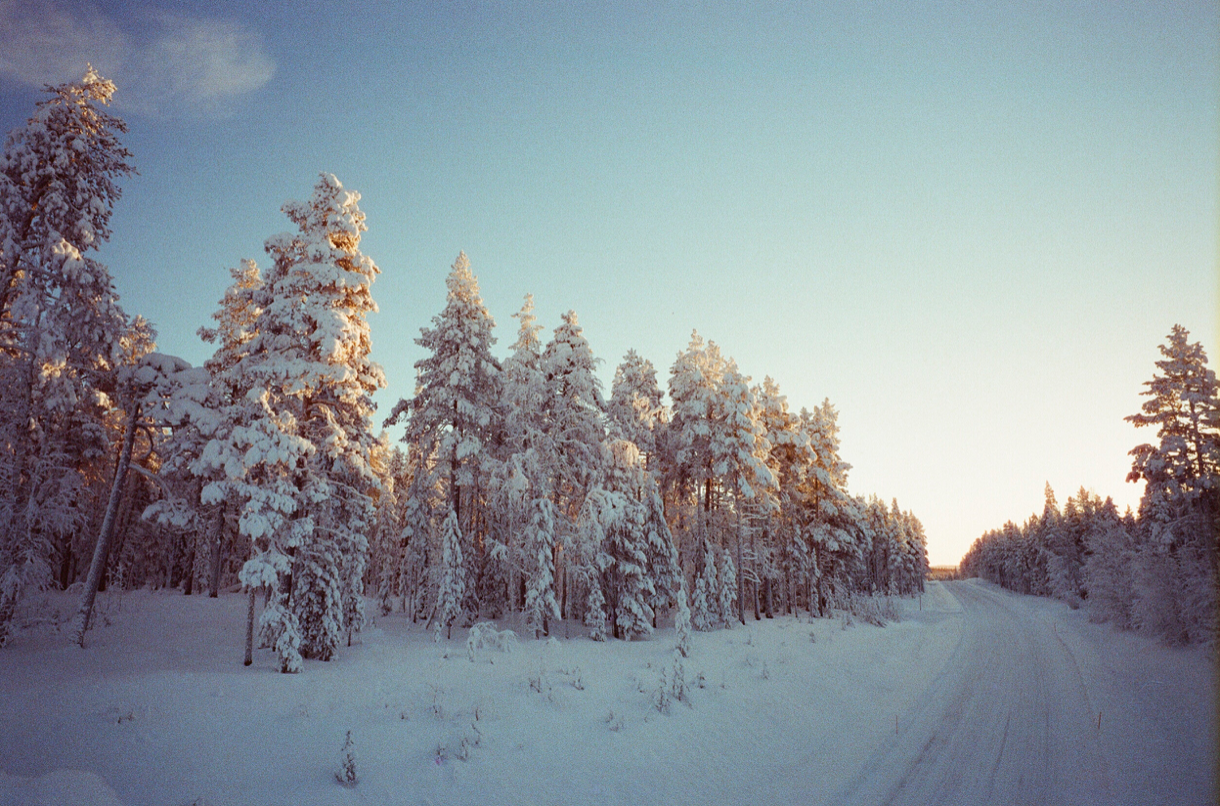
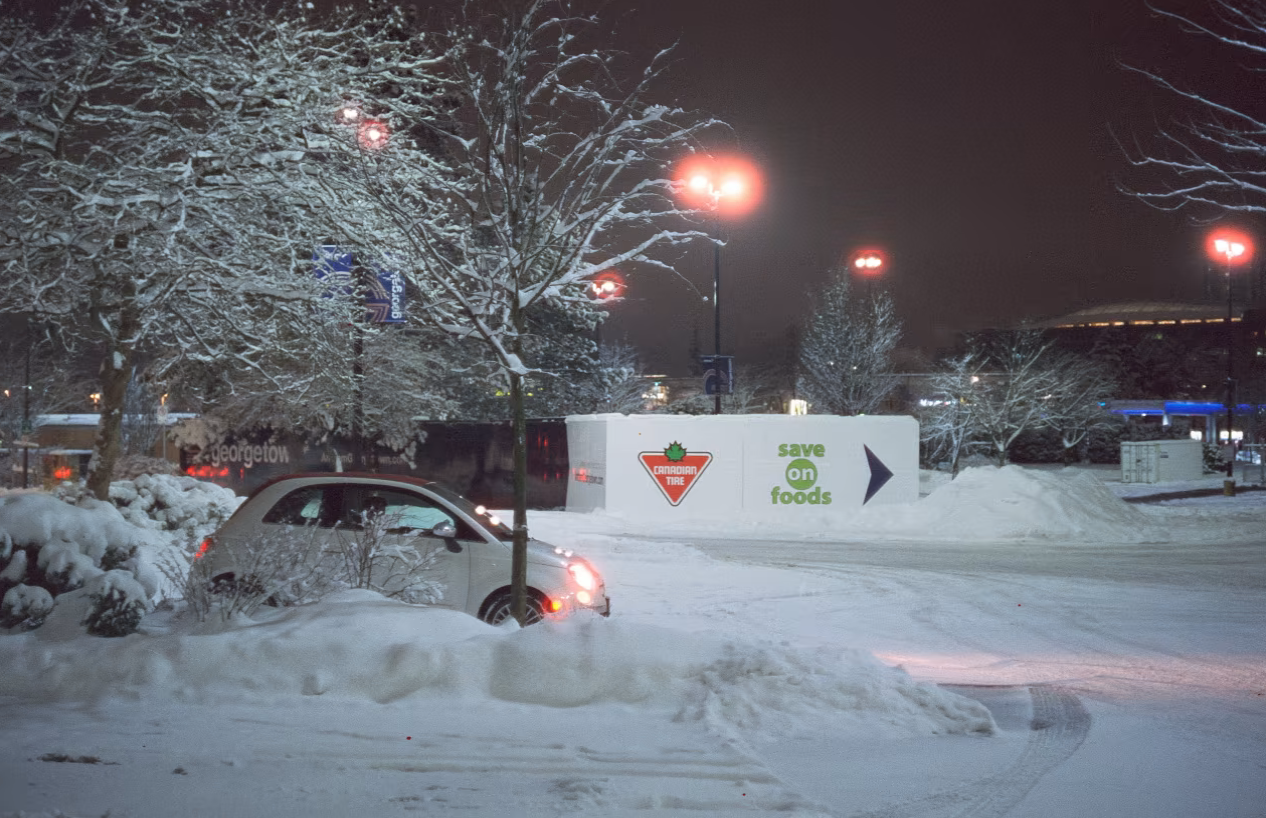
2. Fujifilm Neopan Acros 100 II
Type: Black and White Film
ISO: 100
Grain: Very Fine
Unique Feature: Exceptional sharpness and detail
Winter Advantage: Produces crisp, detailed images that are perfect for capturing snow textures. Its fine grain preserves intricate details in winter landscapes.
Cold Shooting Tip: Use a weather-sealed camera bag to protect your film from moisture and extreme cold.

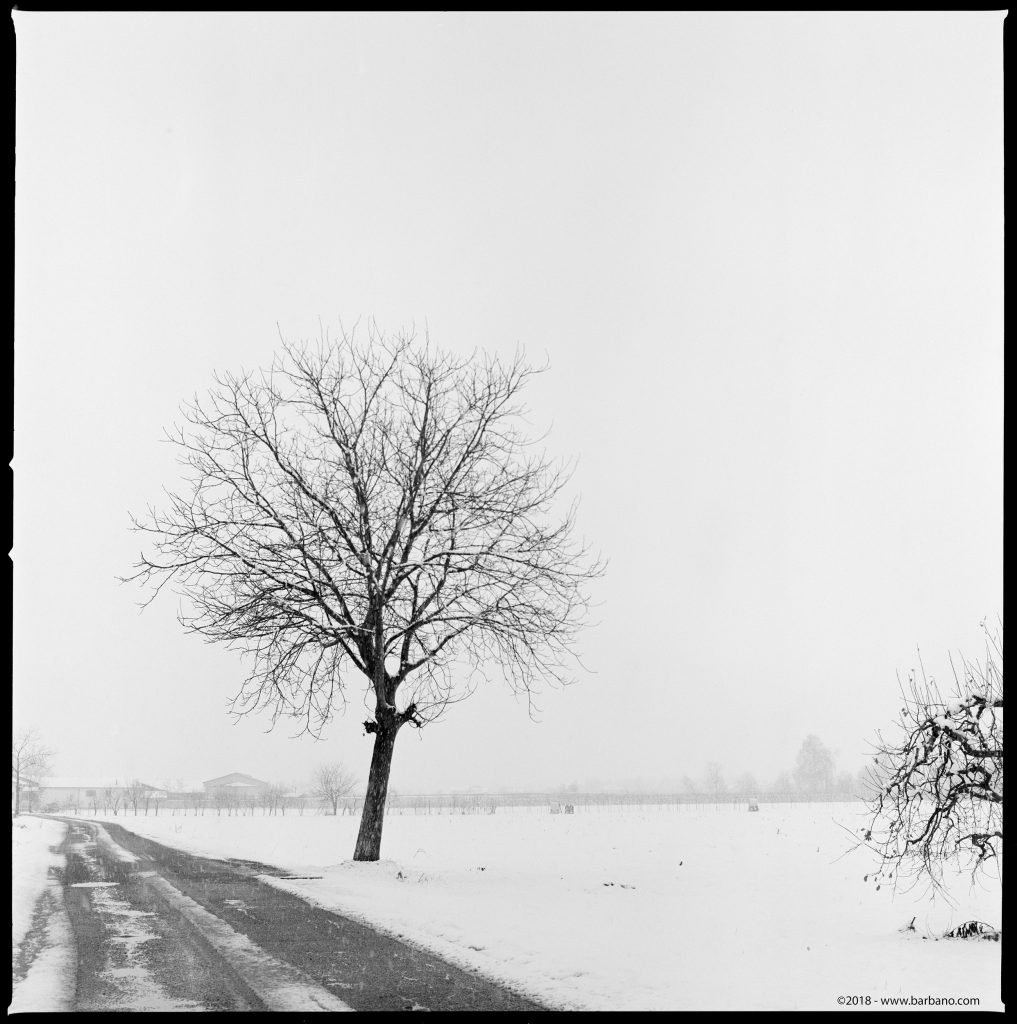
3. Rollei Ortho 25 Plus
Type: Black and White Film
ISO: 25
Grain: Extremely Fine
Unique Feature: Orthochromatic sensitivity
Winter Advantage: Offers high contrast and sharpness, ideal for stark winter scenes. Its orthochromatic properties give a unique look to snowy landscapes.
Cold Shooting Tip: Avoid rapid temperature changes to prevent film condensation. Acclimatize your camera gradually when moving from warm indoors to cold outdoors.
4. Bergger Pancro 400
Type: Black and White
ISO: 400
Grain: Fine
Unique Feature: Dual emulsion for rich tonality
Winter Advantage: The dual-emulsion layer captures a wide range of tones, perfect for winter's varied lighting conditions, from bright snow to dark shadows.
Cold Shooting Tip: Use mechanical cameras if possible, as they are less likely to malfunction in cold weather compared to electronic ones. If you’re unsure what to shoot on, find an NYC film lab and ask a film tech what their recommendation is for a weather sturdy mechanical film camera.
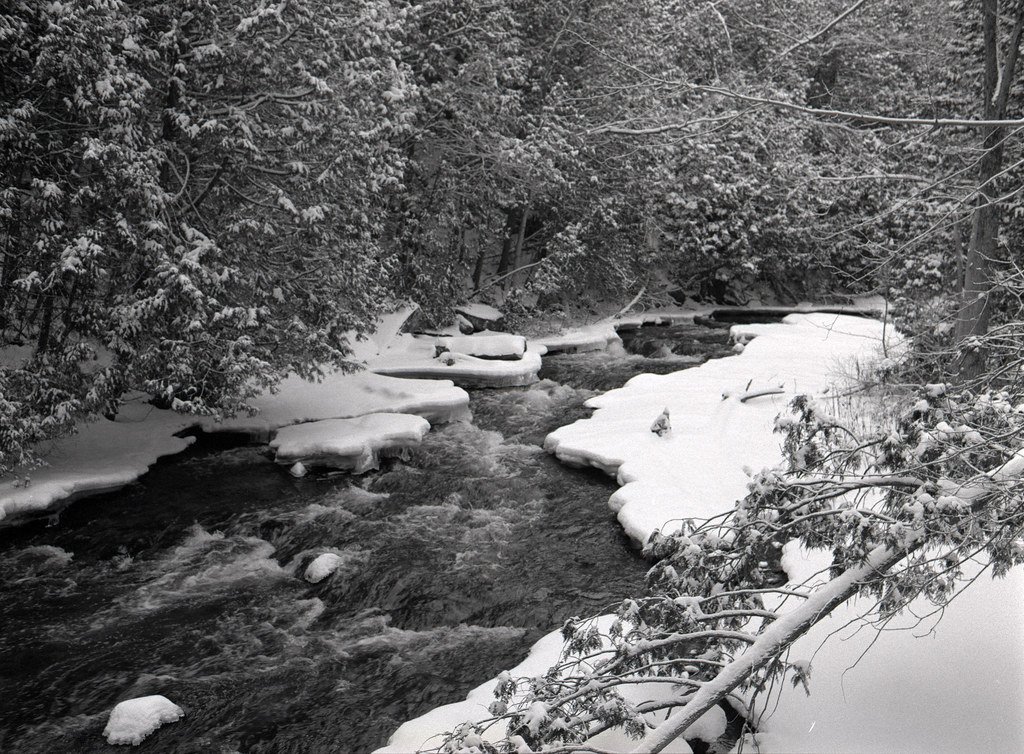
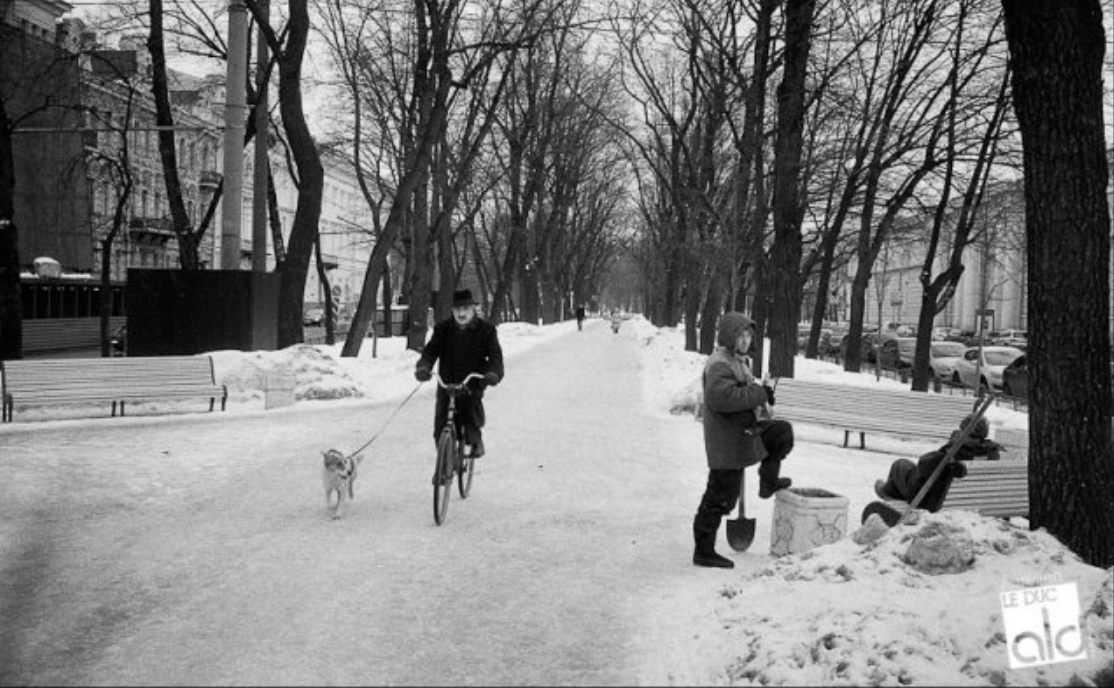
5. Adox CMS 20 II
Type: Black and White Film
ISO: 20
Grain: Ultra-Fine
Unique Feature: Extremely high resolution
Winter Advantage: Known for its ultra-fine grain and high resolution, it captures detailed winter scenes with exceptional clarity.
Cold Shooting Tip: Keep your film and camera inside your jacket until you are ready to shoot, to keep them at a stable temperature.
6. Lomography Color Negative 800
Type: Color Negative
ISO: 800
Grain: Moderate
Unique Feature: Vibrant color reproduction
Winter Advantage: Its high ISO and vibrant color reproduction make it great for capturing the muted tones of winter landscapes and indoor scenes.
Cold Shooting Tip: Remember to manually focus if your autofocus struggles in the cold or low-contrast scenes typical of winter. An NYC film lab might be able to diagnose your camera if your focus is freezing up do to cold temperatures, but visit a repair shop for any substantial fixes you may need on your camera.
These film stocks, each with its unique characteristics, are excellent choices for winter photography. The key to successful winter photography is not just the film stock but also how you handle and operate your equipment in the cold. Be sure to drop off at Nice, the best NYC film lab after you’re done shooting!


